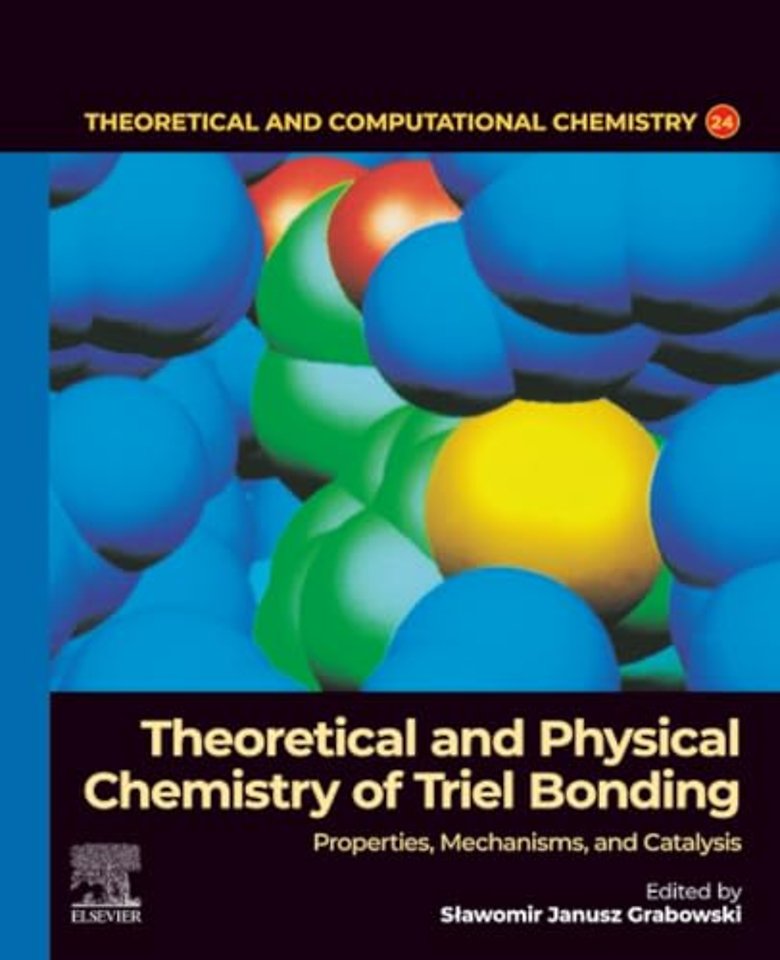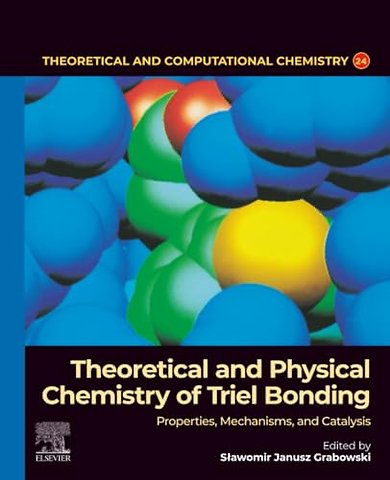Theoretical and Physical Chemistry of Triel Bonding
Properties, Mechanisms, and Catalysis
Samenvatting
Theoretical and Physical Chemistry of Triel Bonding: Properties, Mechanisms, and Catalysis explores triel and their compounds, providing a detailed analysis of their molecular and electronic structures, areas often disputed and controversial. It offers a comprehensive description and explanation, emphasizing the unique differences between boron and heavier triel atoms. Key sections cover theoretical foundations, types of interactions, and examples of triel bonds and their characteristics. Additionally, the book highlights triel elements functioning as catalysts and boron compounds in hydrogen storage. Designed for advanced students and researchers in physical or theoretical/computational chemistry, it will also interest organic and inorganic chemists.
Compounds of boron and other triel centres have been the subject of numerous studies for a long time, with their properties well-known and frequently discussed. However, the more detailed characteristics of triel compounds have not been well analyzed in existing research and their molecular and electronic structures have often been the subject of dispute and controversy. Triel bonds as a thematic area have garnered significant interest in recent years and this book provides a much broader description and explanation of their properties and characteristics than has previously been available, discussing aspects which are unique to triel bonds such as the differences between boron and the heavier triel atoms.

